【第九十回目】
ちくま味噌:創業三三〇年余、西郷さんにも赤穂浪士にも愛された老舗の「味噌屋」
Chikuma Miso: A 330-year old miso shop loved by the likes of Saigo Takamori and the 47 ronin
Chikuma Miso: A 330-year old miso shop loved by the likes of Saigo Takamori and the 47 ronin
| セインさん、今日は元禄元年(1688)創業の「ちくま味噌」を訪ねます。江戸時代から現在まで330年を超えて永代橋のたもとで味噌を商ってきた老舗ですよ。 Concierge: Thayne-san, today we’re visiting Chikuma Miso, which was established in 1688. From the Edo period to now, it has been trading in miso for over 330 years at the foot of Eitaibashi Bridge. |
|
| (竹口) | こんにちは。ちくま味噌の竹口友章です。 Takeguchi: Hello. I’m Tomoaki Takeguchi of Chikuma Miso. |
| こんにちは、竹口さん。とても長い歴史があるお店なんですね。創業が、アメリカの独立(1776)よりさらに90年近くも前! 驚きました。 Thayne: Hello Takeguchi-san. Your shop has a very long history. It was established 90 years before America’s independence in 1776! I was really surprised to hear that. |
|
| (竹口) | おかげさまで、長く商売をさせていただいています。 うちは三重県の松阪の商家で、いわゆる松阪商人です。江戸に進出したのが慶安年間(1648-52)で、日本橋で塗物店を開いたのが始まりです。 元禄元年に2代目が味噌の製造販売を始め、その後も代々が米穀店や回船問屋、両替商などと商売を広げていったのですが、幕末の動乱期に、武家に貸していたお金が回収できずに廃業。 味噌屋だけが残って今に続いているんです。 Takeguchi: We’ve been fortunate to be able to stay in business for a long time. We’re from a merchant family originally from Matsusaka in Mie Prefecture. In other words, a “Matsusaka merchant.” My ancestors moved to Edo during the Keian era (1648-1652) and first opened a lacquerware shop in Nihonbashi. In 1688, the second-generation proprietor started producing and selling miso and further generations started a variety of businesses, including a rice shop, a cargo vessel wholesaler and a money-exchange business. However, during the upheaval of the end of the Edo period, we were unable to retrieve the money we lent to samurai and these businesses had to close. Only the miso shop remained, and it has continued to this day. |
| お店の場所は、創業からずっとこの永代橋のたもとにあるんですか? Thayne: Has the shop always been located near Eitaibashi Bridge since it was established? |
|
| (竹口) | ええ。江戸時代の物資の運搬は舟運が主で、大阪や京都、兵庫など西から運ばれてくるものは日本橋から茅場町あたりに、北関東から運ばれてくる材木や米、大豆などの物資は、まさにここ、永代橋のたもとに到着したんです。ですから、一帯には米蔵なども建ち並んでいたそうですよ。 Takeguchi: That’s right. In the Edo period the main method of transportation for goods was water, so things from the western areas of Osaka, Kyoto and Hyogo would come from Nihonbashi to around Kayabacho and goods from northern Tohoku such as wood, rice and soybeans would arrive right here, at the foot of Eitaibashi Bridge. Because of that, there were said to be rows of rice granaries and so on in this area. |
| 米と大豆が集まる! ということは、味噌作りには絶好の場所だったんですね。 そして、たくさんの舟や人が行き交うところだったんですね。 Thayne: The place where rice and soybeans come together! That really would have been an ideal location for making miso. There also would have been a lot of people and boats going back and forth. |
|
| セインさん、ここは交通の要所、そして歴史のエピソードの宝庫ですよ。 赤穂の四十七士が、主君の仇討ちをした『忠臣蔵』の話はご存じですか? ちくま味噌は、元禄15年(1688)の冬、吉良邸に討ち入った赤穂義士が仇討を果たして主君が眠る泉岳寺へ行く途中、立ち寄った場所としても有名なんです。 Concierge: Thayne-san, this is a key transport location as well as a treasure trove of stories from history. Do you know the story from Chushingura where the 47 ronin of Ako take revenge for their master? Chikuma Miso is famous as a place where, in the winter of 1688, the Ako samurai, who had broken into the Kira estate to avenge their master, stopped by on their way to Sengakuji temple where he had been laid to rest. |
|
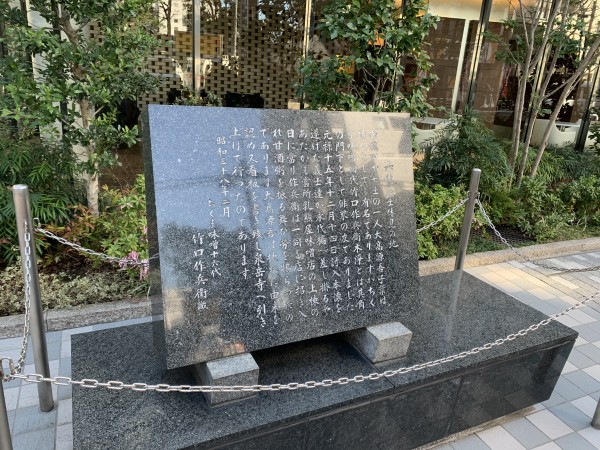 ちくま味噌の社屋の前にある「赤穂義士休息の地」の石碑。 ちくま味噌の当主が仇討ちを果たした赤穂義士たちに甘酒粥をふるまったことが記されている。 The Ako Samurai Rest Spot stone monument is in front of the Chikuma Miso building. It is recorded that the head of Chikuma Miso at the time treated the Ako samurai to cups of rice and sweet sake gruel. |
|
| (竹口) | 討入りがあった12月15日には、たくさんの人が、四十七士が討入り後に歩いた吉良邸から泉岳寺までの道を歩かれていて、「赤穂義士休息の地」の石碑にも立ち寄られるんです。 実は、うちは卸売りを専門にしているので、普段は一般販売をしてないのですが、この日だけは毎年、小さな露店を出して味噌や甘酒を販売しています。 Takeguchi: On December 15th, the day of the break-in, crowds of people walk the same route the 47 ronin followed from the Kira estate to Sengakuji temple and also stop by the Ako Samurai Rest Spot stone monument. While we actually specialize in wholesale and don’t offer general sales, every year just for that day we set up a small stall and sell miso and sweet sake. |
| たくさん売れるでしょうね! Thayne: I’m sure you sell a lot! |
|
| (竹口) | それが、ここは忠臣蔵ルートの序盤で、先が長いので、重たい味噌は遠慮される方が多くて…(笑) Takeguchi: Since this is the start of the Chushingura route and it’s quite long, it seems there aren’t a lot of people who want to carry heavy miso all that way. |
| (笑)セインさんも来年の12月15日には、ぜひお散歩を。 *「忠臣蔵ルート」は→こちら Concierge: Thayne-san, you should try walking the route next December 15th too. |
|
| 他にも、エピソードはありますか? Thayne: Do you have any other interesting stories from the past? |
|
| (竹口) | 8代目の当主は勝海舟の支援者で、親しくしていたことが書簡などからわかっています。 また、西郷隆盛も一時期、うちの別宅に仮住まいをしていたこともあるほどで、よく当主と一緒に飲んだり食べたりしていたようです。 Takeguchi: Our eighth-generation proprietor was a supporter of Katsu Kaishu, and it was clear they were close from their correspondence. For a period of time, Saigo Takamori also temporarily lived in our secondary residence and it seems the proprietor often joined him for meals. |
| 赤穂義士に、勝海舟に、西郷さん! 器の大きい代々のご主人が、歴史の裏舞台を支えていたんですね。 そういう偉人たちも、ちくま味噌の味を楽しんだと思うと、今後、いただく味噌汁は、これまでよりずっとおいしく感じそうです(笑) Thayne: The Ako samurai, Katsu Kaishu, Saigo-san! Your tolerant ancestors have played roles in history from the sidelines. Knowing that so many great men have enjoyed the taste of Chikuma’s miso makes miso soup taste even better from now on. |
|
| セインさんが大好きな駒形どぜうの「どぜう汁」も、こちらの「江戸味噌」を使っていますよね。 Concierge: Thayne-san’s favorite loach soup from Komagata Dojo also uses Chikuma’s Edo miso. |
|
| (竹口) | 駒形さんは、200年を超えてのお取引先です。 Takeguchi: We’ve been providing miso to Komagata Dojo for over 200 years. |
| 200年以上も、お取引! それもまたすごい話ですね。 ところで、あの甘くて赤い色をした「江戸味噌」は、他の味噌とは何が違うんですか? Thayne: For over 200 years! That’s another amazing story. By the way, what is it that makes your sweet, red-colored Edo miso different from other types of miso? |
|
| (竹口) | 江戸味噌の甘みは、通常の味噌の1.5倍もの米麹を使って、じっくり熟成させたことで生まれる甘みなんです。 実は、江戸で甘い味噌が好まれたのは、京都の上品な白味噌へのあこがれがあったからなんです。 あの味に近づけたい、と。ところが、徳川の皆さんは三河の方たちですから、色は馴染みのある八丁味噌のようであってほしい。そこで、味は白味噌、色は八丁味噌のような味噌がほしいという要望にこたえて生まれたのが、うちの「江戸味噌」なんです。 Takeguchi: Edo miso is sweet because we use 1.5 times the usual amount of malted rice and leave it to thoroughly ferment. The preference for sweet miso in Edo comes from a desire for the refined light brown miso of Kyoto. They wanted something close to that. However, the Tokugawas were from the Mikawa area, so they wanted the familiarity of the color of haccho miso. Therefore, in order to meet their demands for a miso with the flavor of Kyoto’s light brown miso and the color of haccho miso, our Edo miso was born. |
| おもしろい話ですね! Concierge: What an interesting story! |
|
| 味噌は、おいしい上に身体にもいい。いまやアメリカでも「Miso」で通じます。未来も明るいですね。 Thayne: Aside from being delicious, miso is also good for you. Even in America, people are now familiar with the word “miso.” The future looks bright. |
|
| (竹口) | 味噌づくり教室をお手伝いしていますが、どこも盛況ですし、地域の学校でも子どもたちに味噌づくり教えています。このおいしい食材を、もっと多くの人たちに知っていただきたくて…。 実はいま、フレンチのシェフや和食の料理人に頼んでメニュー開発を始めているんです。 近々、味噌を使ったいろいろな料理を気軽に楽しんでいただける小さな店をだせたら……、と。 Takeguchi: I also help out with a miso-making course we provide. It’s been a success everywhere; we even have children in schools around the country learning how to make miso. I hope more people can come to know this delicious ingredient. Actually, we’re currently asking French and Japanese chefs to start developing new menu items. I hope that before long we can become a little shop that was able to help people freely enjoy the taste of miso in many different foods. |
| それはグッド・ニュース!! 今日は、ありがとうございました。 Thayne/Concierge: That is good news! Thank you very much for today. |
|
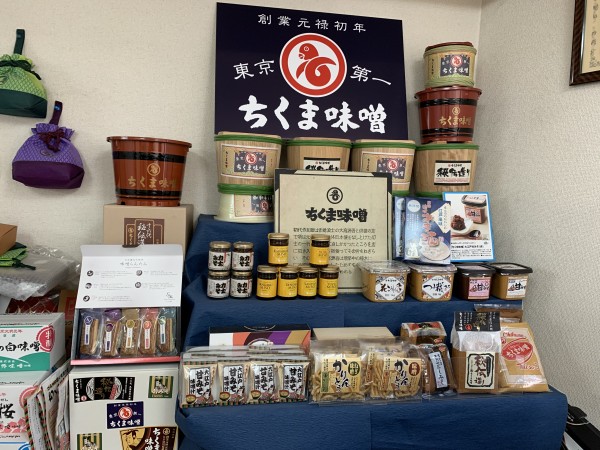 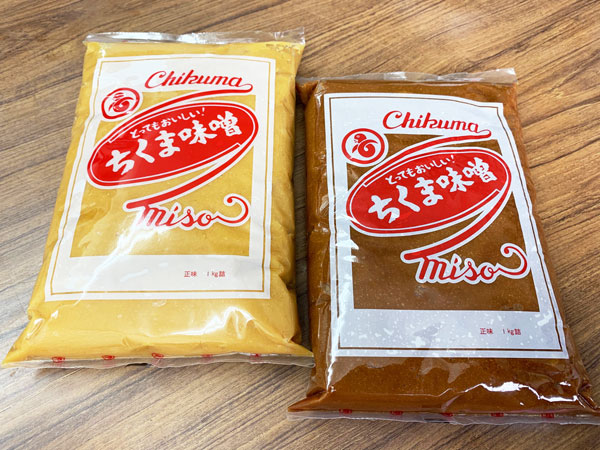 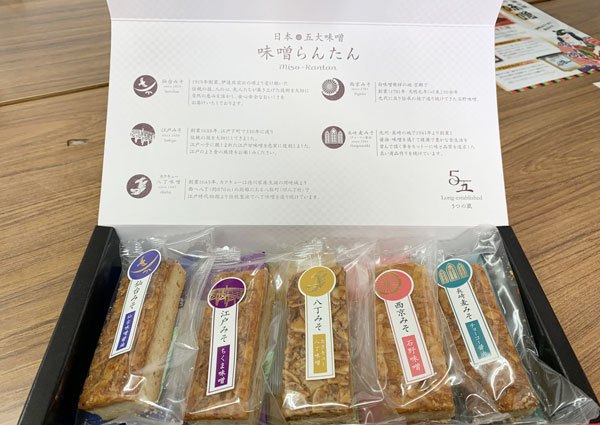 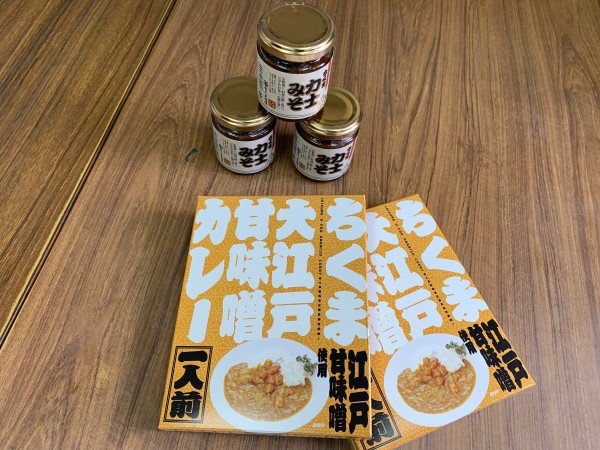 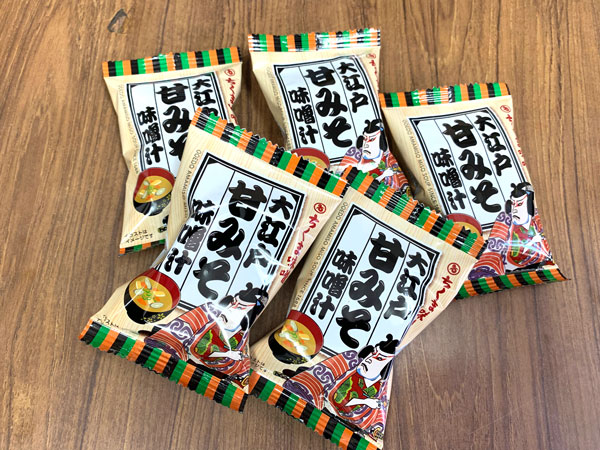 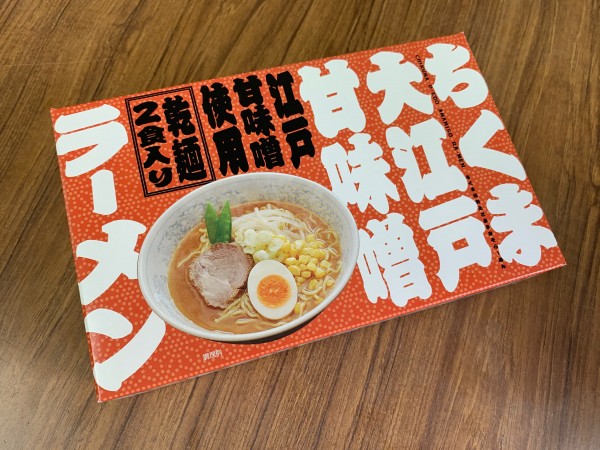 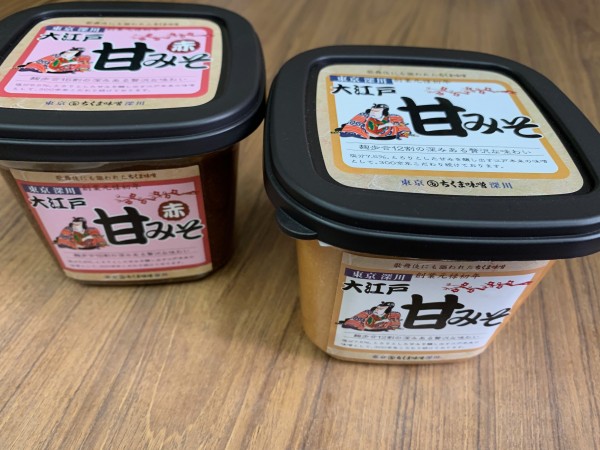 ちくま味噌の商品いろいろ ちくま味噌の商品いろいろVarious Chikuma Miso products |
|
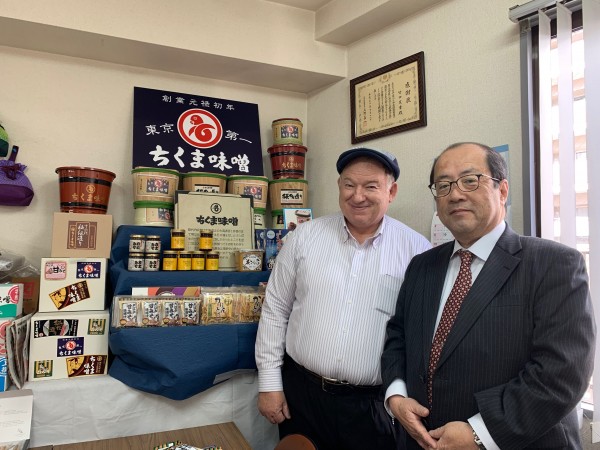 (写真*記念撮影) |
|
| (文)太田美代 (英訳)デイビッド・A・セイン |
 1959年、米国生まれ。証券会社勤務を経て来日し、翻訳・通訳など多岐にわたって活躍。豊富な教授経験を生かし、数多くの英語関係書籍を執筆。近著に『日本人のチョットへんな英語』(アスコム)、『超入門シャドーイング』(主婦の友社)、日本人が使いすぎる英語(PHP文庫)など多数。 下町の魅力に魅了され、自身が代表を務める英語関連のコンテンツ会社のエートゥーゼットのオフィスを根津に構えている。英会話本の執筆をしながら、東京・文京区根津と春日にあるエートゥーゼット英語学校の校長も務める。 http://www.smartenglish.co.jp/
1959年、米国生まれ。証券会社勤務を経て来日し、翻訳・通訳など多岐にわたって活躍。豊富な教授経験を生かし、数多くの英語関係書籍を執筆。近著に『日本人のチョットへんな英語』(アスコム)、『超入門シャドーイング』(主婦の友社)、日本人が使いすぎる英語(PHP文庫)など多数。 下町の魅力に魅了され、自身が代表を務める英語関連のコンテンツ会社のエートゥーゼットのオフィスを根津に構えている。英会話本の執筆をしながら、東京・文京区根津と春日にあるエートゥーゼット英語学校の校長も務める。 http://www.smartenglish.co.jp/
最新記事







